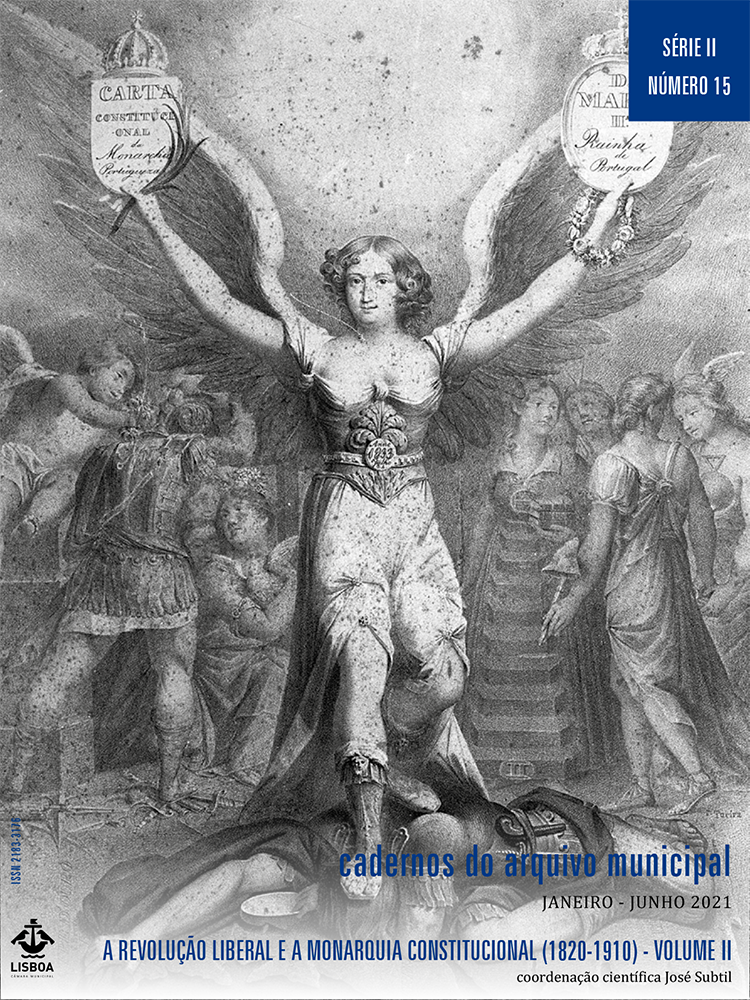Were the sculptures a weak instrument of nationalization in Portugal? Revolution and monarchy in Lisbon and countryside (1820-1910)
DOI:
https://doi.org/10.48751/CAM-2021-1572Keywords:
Sculptures, Cultural Heritage, Nation-State process, State, MonarchyAbstract
This research analyses the sculptures of Portugal during the monarchical constitutional liberalism (1834-1910). From the perspective of social history, the sculptures are analysed, considering one of the great forgotten matter in contemporary Portuguese studies. The objective is to explore the role played by the statues in the creation of the Nation-State. In the first place, we establish a cultural-historical vision that allows understanding the importance of these monuments in the public space. Second, from a perspective of power and gender, we approach the sculptural art made at that time. Third, we bring to light the monuments and busts made by then on the representatives of the Estate or the res publica at that time. The investigation concludes, on the one hand, that the political sculptures of monarchs such as Pedro IV, Maria II and their descendants, achieved a weak nationalization of the constitutional monarchical State in Portugal. On the other hand, by analysing the busts of politicians and heroes, it considers that sculptural art opened the door to other representatives of the common good. Their sculptures could be interpreted by citizens as a way of democratization, indicating that the people were allowed to reach power, creating a symbolic environment that could justify the arrival of the Republic.
Downloads
Downloads
Published
How to Cite
Issue
Section
License
Copyright (c) 2021 María Zozaya-Montes

This work is licensed under a Creative Commons Attribution-NonCommercial 4.0 International License.
The authors retain copyright and grant the journal the right of first publication, with the work simultaneously licensed under the Creative Commons Attribution License CC BY-NC 4.0 which allows sharing and adapting the text as long as its authorship is correctly attribbuted with recognition of the initial publication in this journal.










